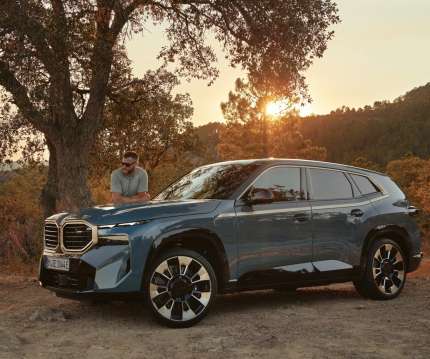Study finds plausibly high volumes of Canadian oil sands crudes in US refineries in 2025 would lead to modest increases in refinery CO2 emissions
Green Car Congress
MARCH 17, 2012
An analysis of the US refining sector, based on linear programming (LP) modeling, finds that refining plausibly high volumes of Canadian oil sands crudes in US refineries in 2025 would lead to a modest increase in refinery CO 2 emissions (ranging between 5.4% to 9.3%) from a 2010 baseline, depending upon the supply scenario.

























Let's personalize your content